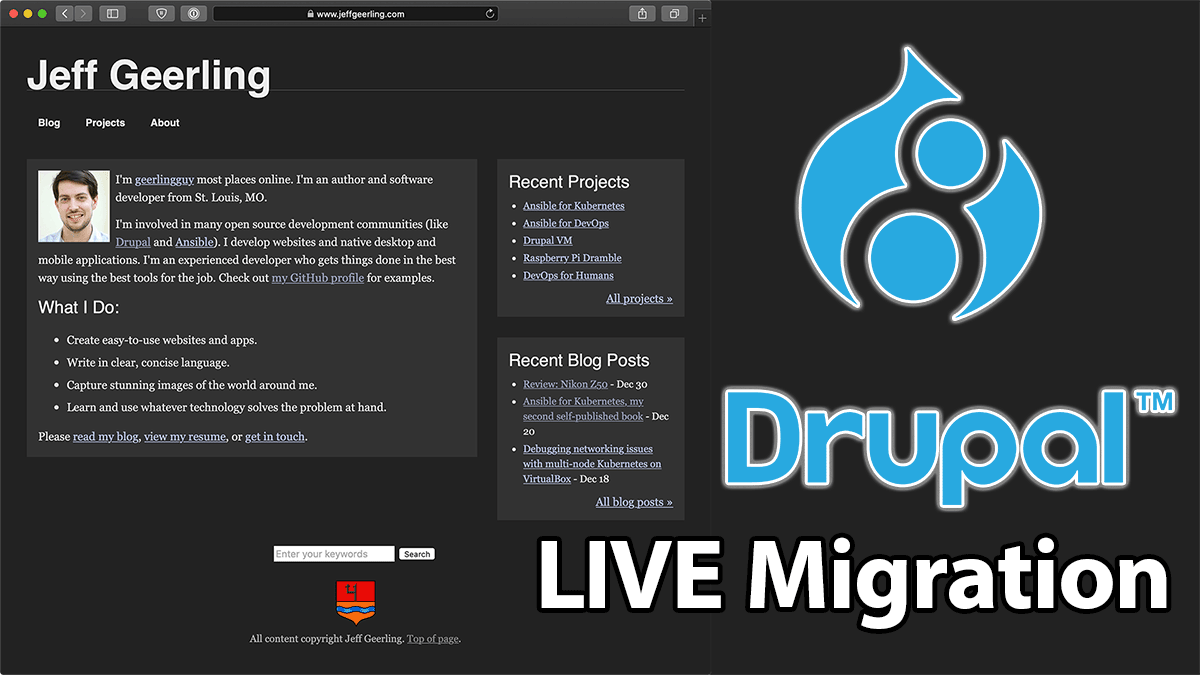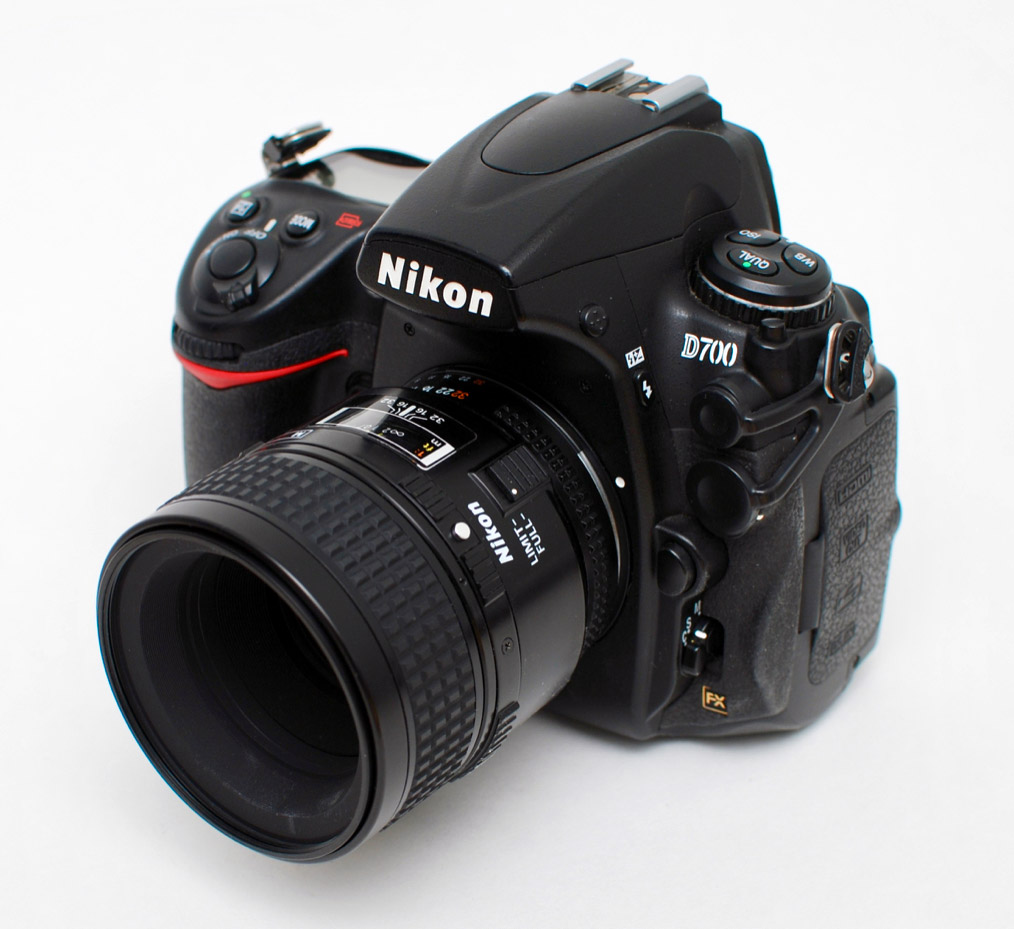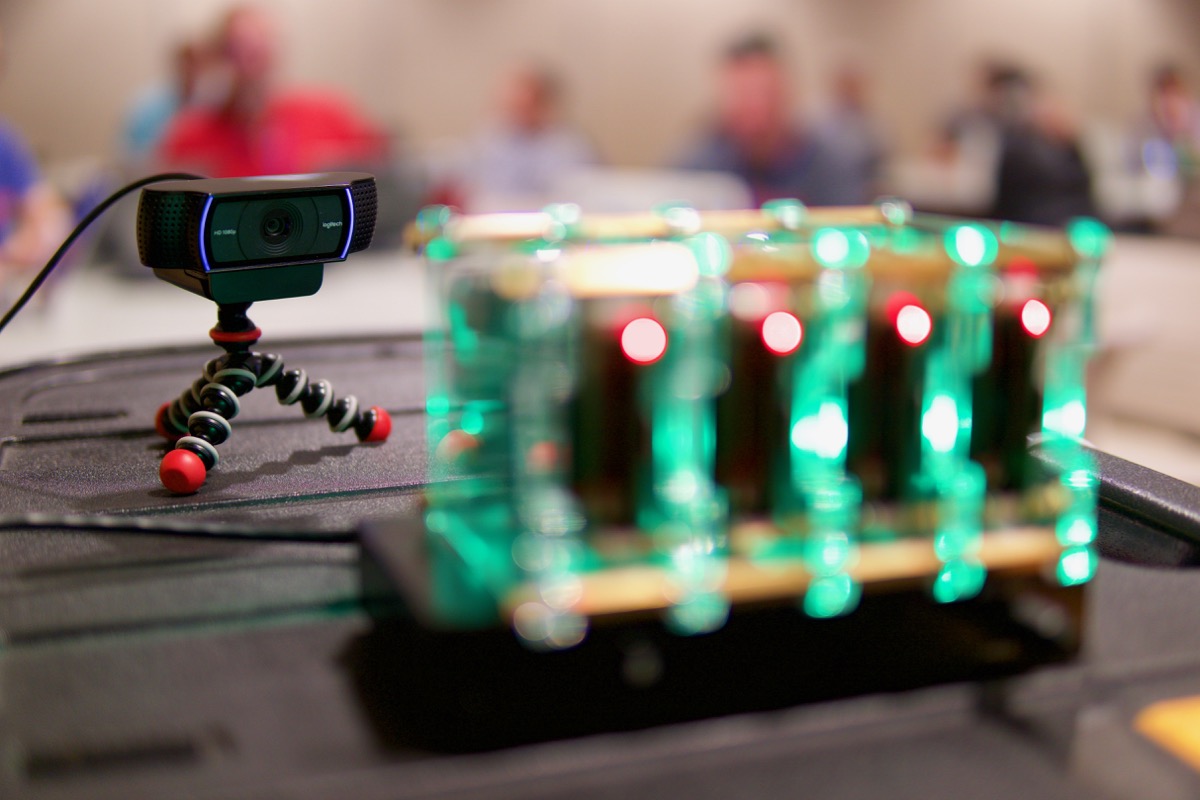Quick and dirty way to strip ANSI terminal output in PHP
From time to time, I write up little PHP scripts to run a command via exec() and dump the output to the screen. Most of the time these are quick throwaway scripts, but sometimes I need them to persist a little longer, or share the output with others, so I make them look a little nicer.
One annoying thing that happens if you interact with CLI tools that generate colorized output is that PHP doesn't translate the terminal (ANSI) color codes into HTML colors, so you end up looking at output like:
[0;32mKubernetes master[0m is running at [0;33mhttps://10.96.0.1:443[0mSensio Labs maintains an excellent ansi-to-html PHP library, and if you're building anything that should be persistent or robust, you should use it. But I wanted a one-line solution for one simple script I was working on, so I spent a couple minutes building out the following regex:


